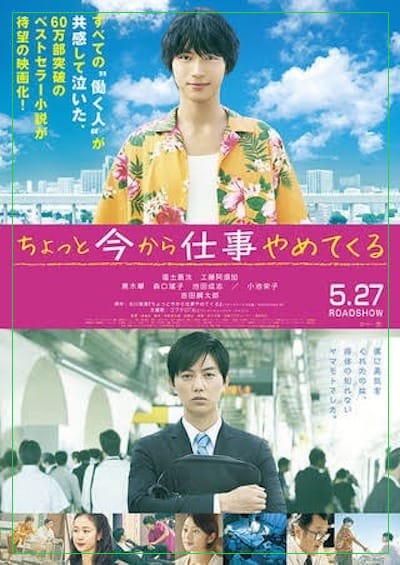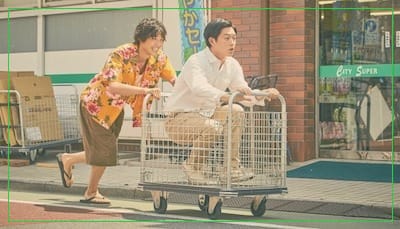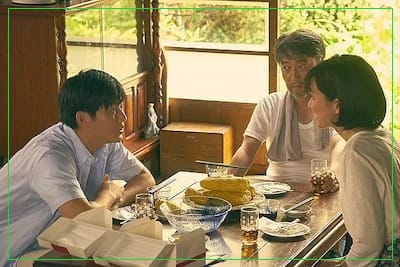
Imagine a grey sky above, cold wind blowing in your face, chills going down your spine. You feel alone, but at the same time irritated at the thought of getting attention from others. Nothing you do seems right, staying awake is as hard as trying to stay asleep, so much so that you want to cease from existing in this world. This is how the main character in this film feels on a day-to-day basis, perfectly portrayed in To Each His Own. Directed by Izuru Narushima, this Japanese film navigates the labyrinth of human emotions with a deft touch, and captivates us with its narrative, making it a compelling watch.

At its core, the movie delves into the complexities of human relationships, offering a rich tapestry of characters grappling with their innermost sorrows, fears, and insecurities. The film examines how past experiences shape present behaviour, and how individuals navigate the tumultuous terrain of love, loss, guilt and longing. One of the most intriguing aspects of the film is its portrayal of moral ambiguity and the consequences of our choices. Each character is confronted with ethical dilemmas that force them to confront their deepest beliefs and values. As the story unfolds, viewers are invited to ponder the mechanisms at play as these characters wrestle with their conscience and the repercussions of their actions.

Furthermore, in To Each His Own, characters undergo profound transformations throughout the movie; changes brought on through trauma, regret, and the quest for redemption. Through their journeys, the movie illustrates the fragility of the human state and the humane capacity for growth and healing in every one of us- even in the darkest of times. The film also explores the intricacies of interpersonal dynamics, shedding light on the complexities of communication, empathy, and understanding. Through its portrayal of relationships, particularly family relationships and friendships, To Each His Own offers valuable insights into the fundamental human need for connection, purpose, and belonging.

Visually, the film is a feast for the senses, with cinematography that not only captures the beauty of the Japanese landscapes, but also serves as a window into the inner world of its characters. The use of symbolism and visual metaphors adds another layer of depth to the storytelling, inviting viewers to decipher the hidden meanings beneath the surface.

In conclusion, To Each His Own is not just a cinematic gem but also provides an opportunity to explore the human condition. With its rich character development, thought-provoking themes, and visual splendour, it offers a compelling glimpse into the labyrinth of the human mind, leaving a lasting impression on those who dare to venture into its depths.
“In life, there’s always pain, but somewhere there’s always hope. If you lose hope, look for it. If you can’t find it, make it. And even if you lose hope in doing that, just start over”.
~Aoyama Takashi~
